Description
Item Details
These Claddagh Celtic Trinity Knot Dangle Earrings comes in Gold and Silver set with a choice of Diamonds and Gemstones. The current selection is made from Solid 10K . Set with Synthetic Diamonds . Height (excl fitting) 22 mm.
Individually handcrafted in Ireland. Guaranteed Quality.
The Crown represents Loyalty, The Heart represents Love and the Hands represent Friendship. The Claddagh Ring originated in our home, Galway, Ireland and is now a World Famous symbol associated with Ireland.
The Trinity Knot is the most well-known Celtic design. It represents eternity and continuity. The three knots can represent the past, present and future of the relationship.
Celtic Designs have been around since ancient times and have long been applied to create fine art. Their distinctive patterns have appeared on stone, metalwork, in jewellery and on magnificent illuminated manuscripts. This beautifully crafted piece is a fine example of the exquisite work of the celts handed down from generation to generation.
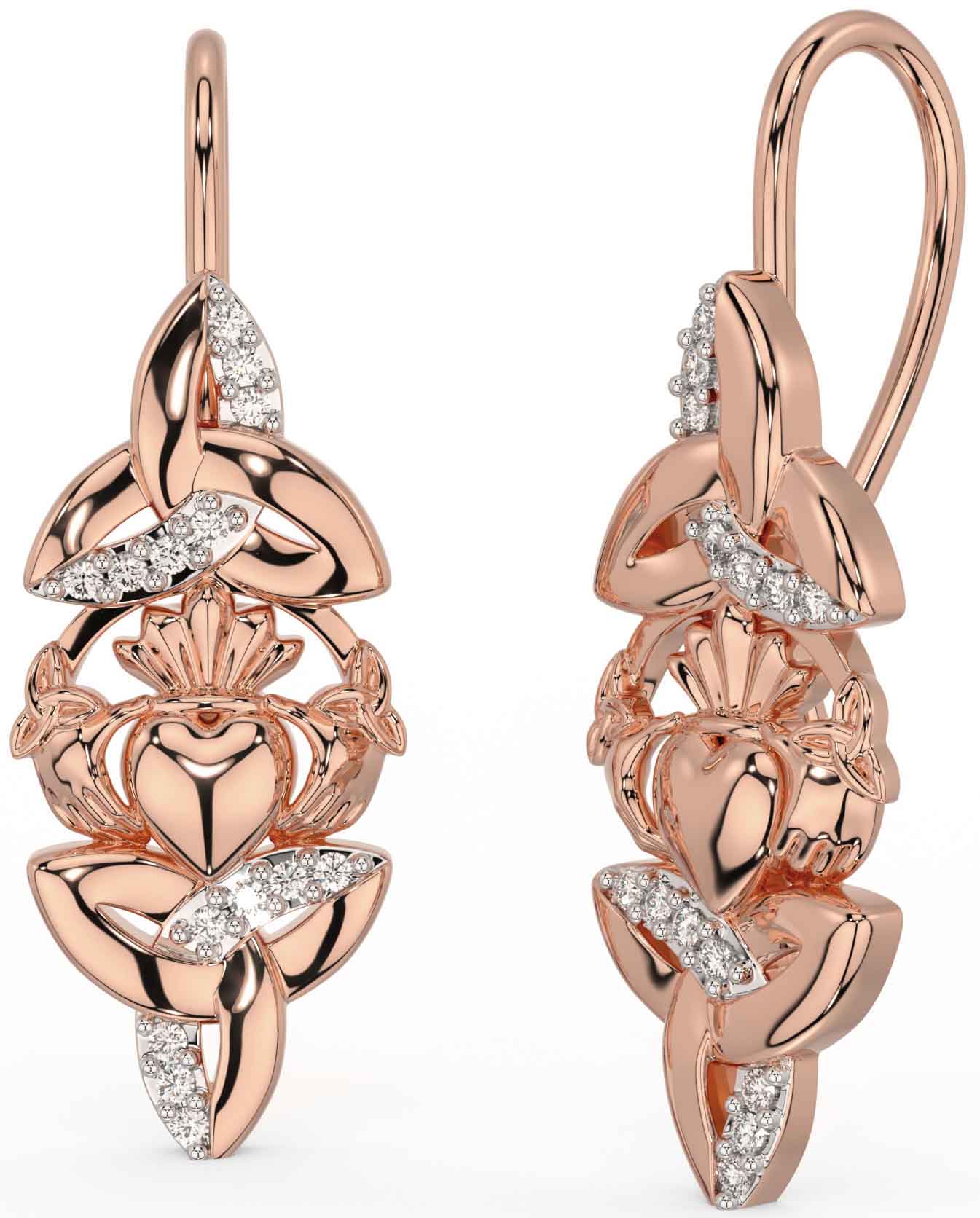
See Full Details
STONE
| Type | 28 x Round Synthetic Diamonds |
| Quality Grade |
Synthetic |
| Size | 1 mm |
| Weight | N/A |
SETTING
| Height (excl fitting) | 22 mm |
| Width | 9 mm |
| Metal | Solid 10K |
Meaning of Design
The Claddagh: the crown represents loyalty, the heart represents love, and the hands represent friendship. It is widely known as a symbol for great friendship. This ancient Gaelic design is also used in engagement rings and in traditional wedding rings for the Irish. If worn on the right hand with the heart facing out it means you are single, facing in means you are dating someone. If worn on the left hand with the heart facing out it means you are engaged and facing in you are married. An original symbol of the “Fisher Kings” of the Galway town of Claddagh, Ireland, (pronounced clada) the design was first fashioned into the traditional ring back in the 17th Century during the reign of Mary II. Legend has it that an Irish young man, Richard Joyce, bound for the West Indian slave plantations – no doubt the Irish Caribbean island of Montserrat – was kidnapped himself in rough seas by a band of Mediterranean pirates and sold to a Moorish goldsmith who over the many long years of his exile helped him perfect the skills of a master craftsman. When in 1689 King William III negotiated the return of the slaves, Joyce returned to Galway – despite, it said, the Moor’s offer of the daughter’s hand in marriage and a princely dowry of half of all his wealth. Back in Ireland a young women had never stopped faithfully waiting for her true love to return. Upon which time when he presented her with the now famous Royal Claddagh gold ring – a symbol of their enduring love. Two hands to represent their friendship, the crown to signify their loyalty and lasting fidelity, and the sign of the heart to symbolise their eternal love for each other.
The Trinity Knot: Is the most well-known Celtic design, It decorated Ireland’s illuminated manuscripts such as the Book of Kells and is also found on Celtic crosses and Celtic stones throughout Ireland. It represents eternity and continuity. In Christianity it is used to represent the Holy Trinity: Father , Son and Holy Spirit. It is thought to show the continuous energy flow from life and death. The never ending knotwork can symbolise the love and never ending commitment given in the sacred blessings of the marriage vows. The three knots can represent the past, present and future of the relationship.
Celtic Designs: have been around since ancient times, created by the highly artistic Celtic peoples, Celtic designs have long been applied to create fine art. Their distinctive patterns have appeared on stone, metalwork, in jewellery and on magnificent illuminated manuscripts. This beautifully crafted piece is a fine example of the exquisite work of the celts handed down from generation to generation.


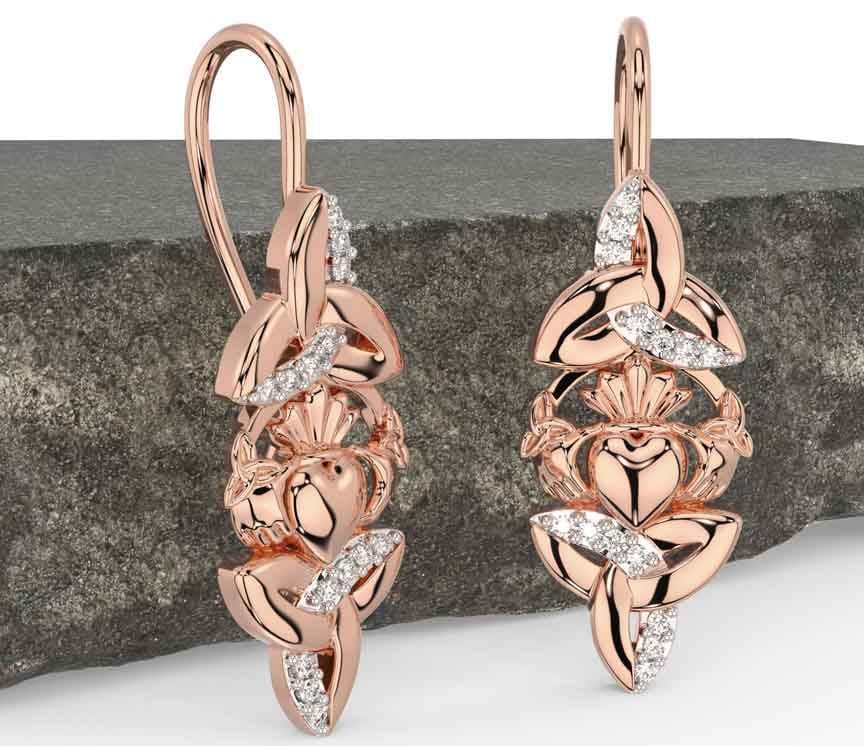




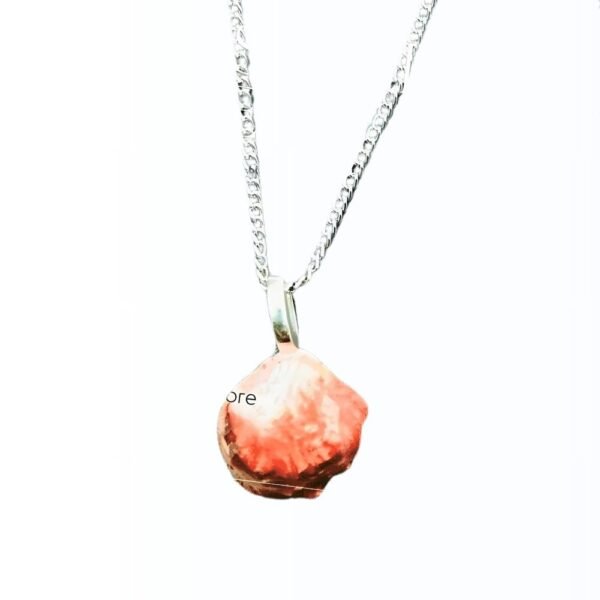


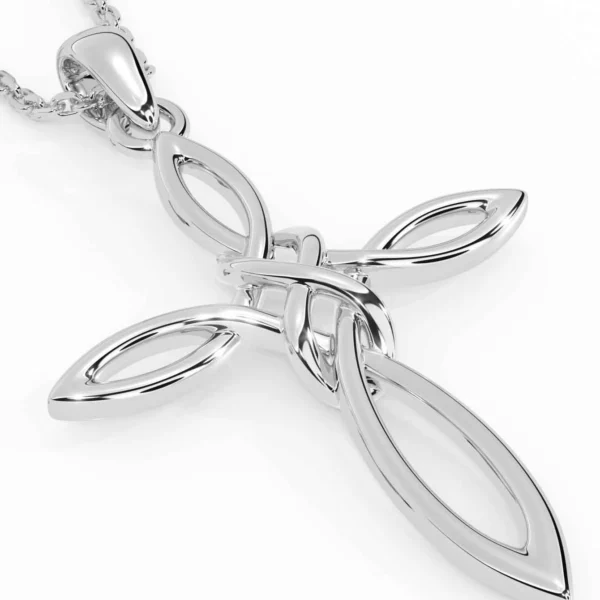
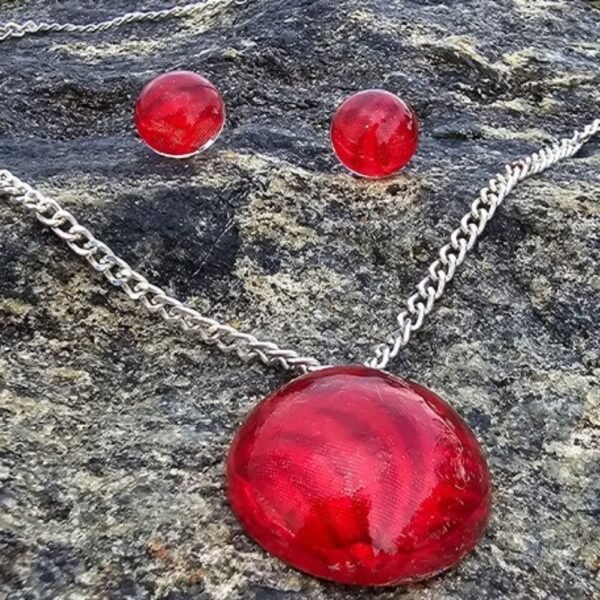



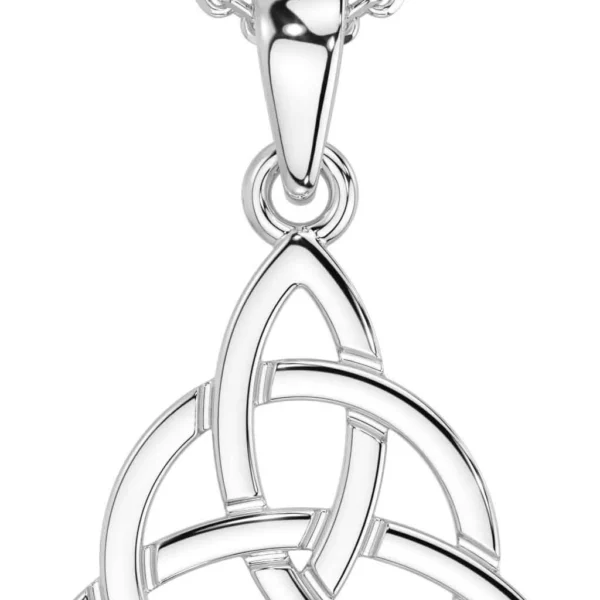



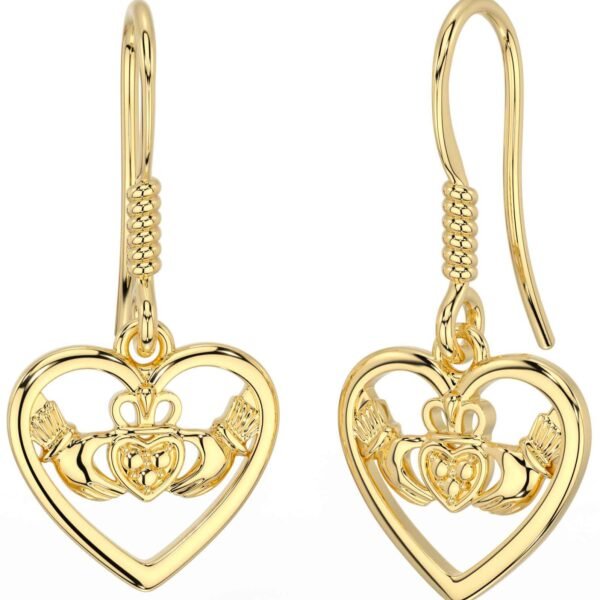






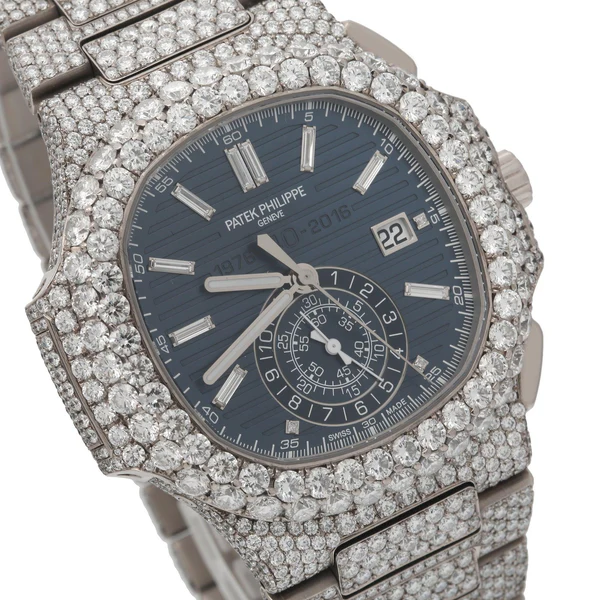


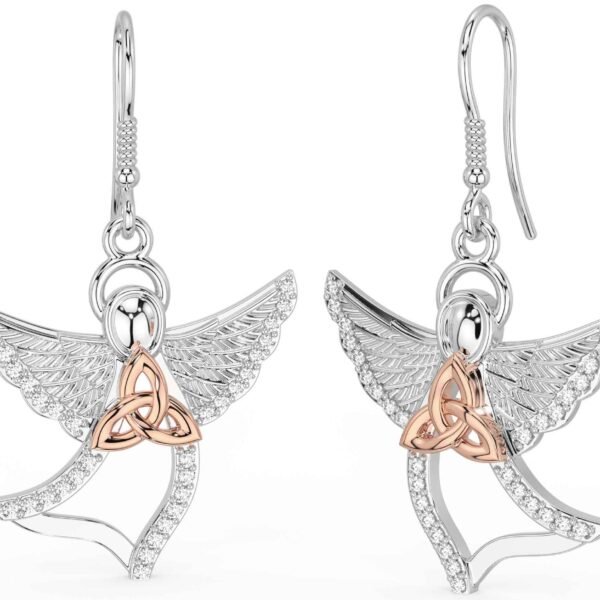
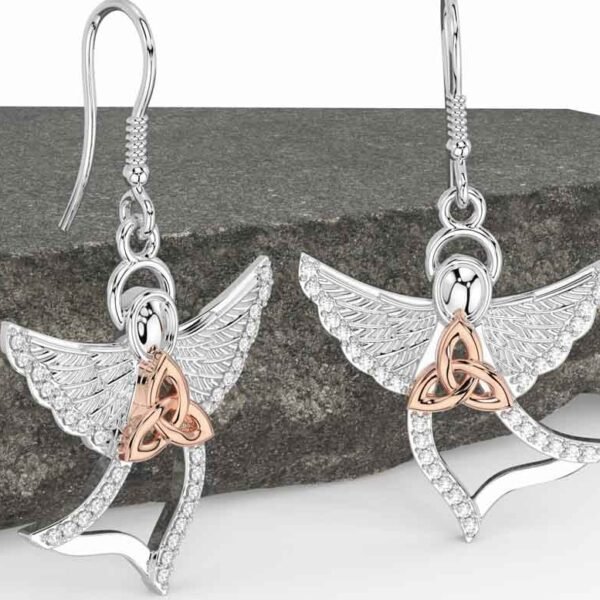



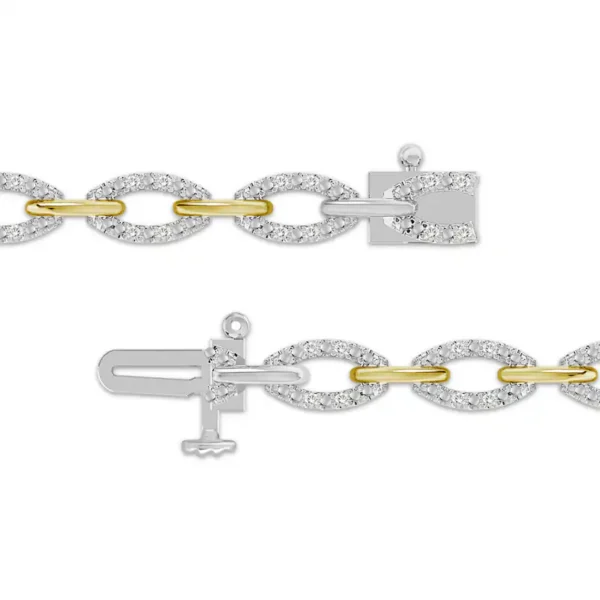
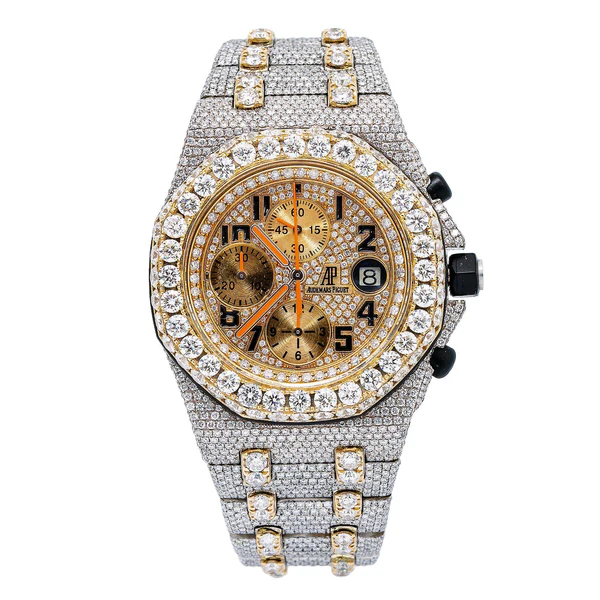
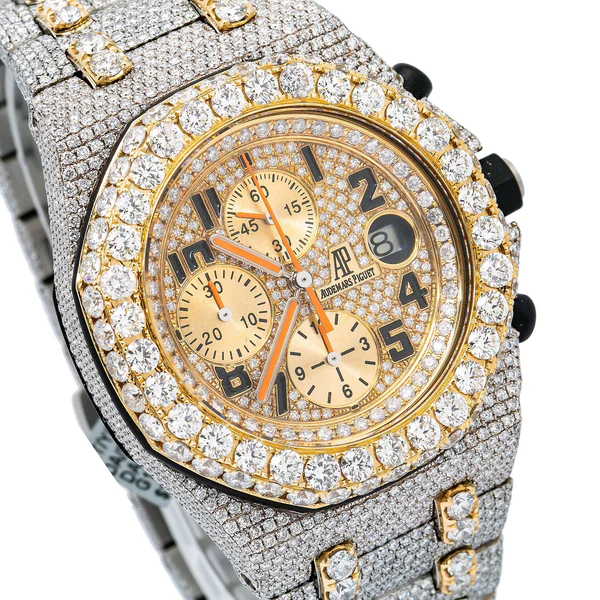
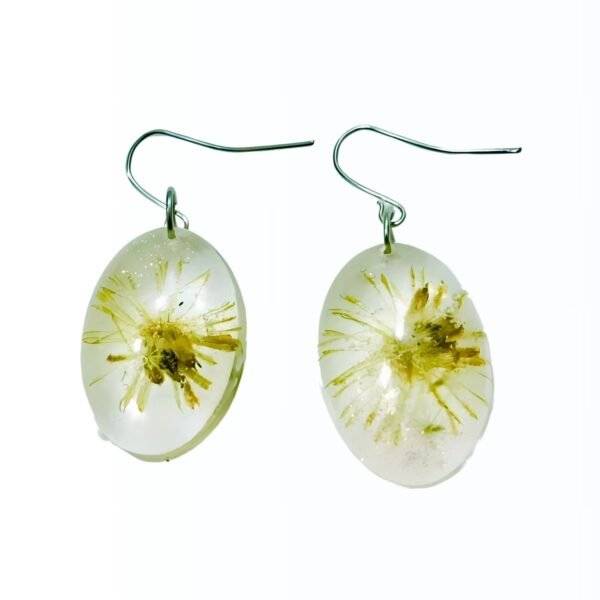





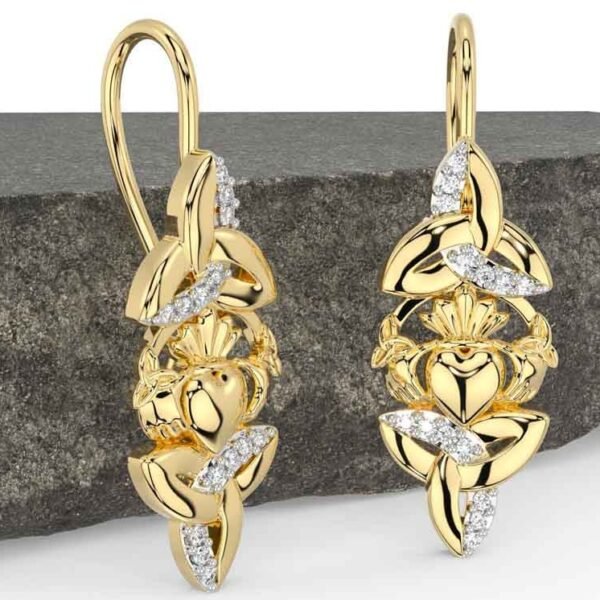





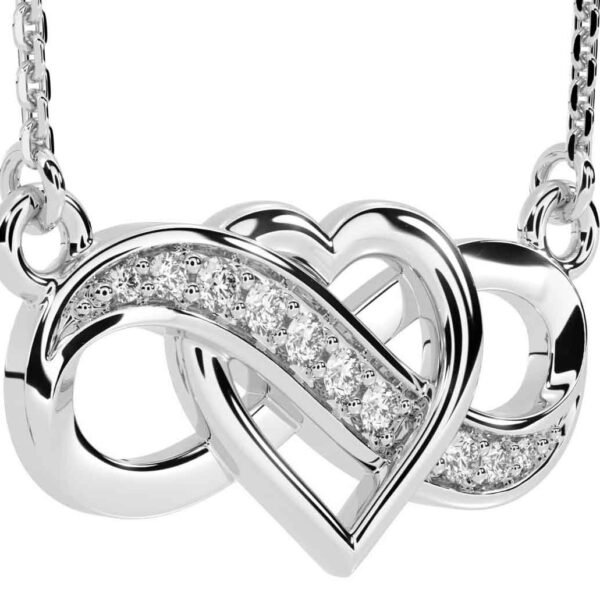







Reviews